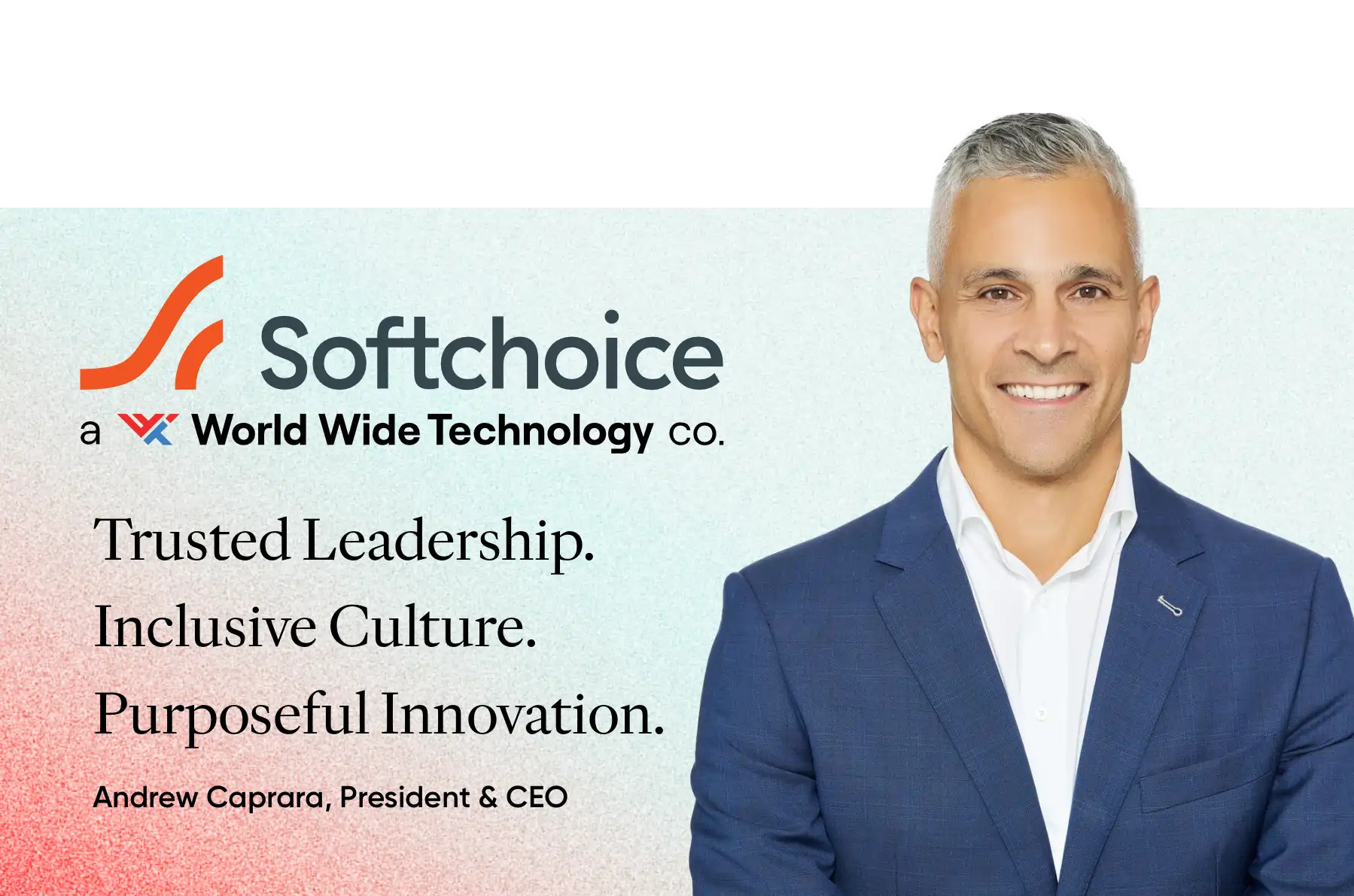
Key Takeaways:
- Trust is a stronger predictor of retention, innovation, and ROI than engagement alone.
- Engagement reflects individual preferences, while trust creates a shared, scalable culture.
- The Great Place To Work® Effect shows how trust fuels collaboration, innovation, and performance.
- High-trust workplaces generate 5x more revenue per employee and 3.5x higher stock returns.
- Employees in trusted workplaces report 85% higher discretionary effort and stronger adaptability to change.
- The Trust Index™ Survey reveals deeper insights than standard engagement metrics.
Your organization has just completed its annual employee survey. The scores are in, the benchmarks are set, and now you’re reviewing the results on your dashboard.
The question is: what signal should guide your next step?
For many HR leaders, the first instinct is to focus on engagement scores as the primary measure of success.
Yet insights from Great Place To Work® reveal that another metric provides a clearer prediction of outcomes: trust. Trust offers a stronger indication of whether an organization will retain top talent, maintain productivity in difficult times, and adapt successfully to change.
What is employee engagement?

Ask a group of HR professionals to define employee engagement, and you’ll likely hear a wide range of answers.
Some may point to higher productivity, reduced absenteeism, or lower turnover. Others may highlight strong teamwork and a sense of connection among colleagues.
In reality, engagement often reflects a blend of these factors. Many would say it describes a workplace where employees feel committed to the organization’s purpose, aligned with its goals, and willing to put in extra effort to ensure success.
Yet most definitions are centred on what the organization gains — whether it’s efficiency, cost savings, or shareholder value.
What’s more, many engagement models focus on workplace conditions rather than the real drivers of behaviours like loyalty, collaboration, or discretionary effort. For this reason, engagement alone offers only a partial view of the employee experience.
1. Engagement without trust lacks meaning
Organizations often treat engagement as the main signal of employee experience, yet it rarely explains the underlying cause. Without leadership that acts with intention and a foundation of trust, engagement remains fragile — easily swayed by perks or short-term morale boosts.
When engagement is paired with trust, however, it becomes more durable. This combination, shaped by leadership behaviours and workplace culture, creates engagement that can withstand challenges and scale across teams — fueling outcomes like retention, performance, and innovation.
While leaders cannot directly “switch on” engagement, research from Great Place To Work® shows that high-trust behaviours — such as recognition, transparent communication, and investment in development — consistently connect to greater adaptability and discretionary effort.
In short, meaningful engagement starts with leaders, and trust is the force that makes it last.
2. Engagement is individual, trust is collective
What motivates one employee may exhaust another. Some people thrive in fast-paced, highly collaborative settings, while others perform best with quiet focus and independence. This makes engagement, by itself, difficult to interpret or act on, since it reflects individual preferences rather than broader cultural drivers.
When trust is present, engagement shifts from being a personal sentiment to a shared workplace experience. Trust enables leaders to listen, understand, and respond to what matters most for their teams, creating conditions where engagement is meaningful and long-lasting.
This reflects what Great Place To Work® calls the Great Place To Work Effect. When leaders consistently demonstrate inclusive, transparent, and empowering behaviours, engagement becomes not only personal but scalable — supporting collaboration, innovation, and performance across the organization.
Marcus Erb, Vice President of Data Science and Innovation at Great Place To Work®, describes it as “the tangible impact of a workplace where people genuinely enjoy working together, trust their leaders, and feel inspired by their work.”
He explains further: “The Great Place To Work Effect is when teamwork feels natural, when individuals can bring and deliver their best, and when both employees and the organization succeed as a result. That difference can be measured — and our data has consistently confirmed it over the past 30 years.”
Going beyond engagement
Since 1992, Great Place To Work® has studied the world’s Best Workplaces™ through its Trust Index™ Survey. More than 130 million employee experiences have been analyzed to understand what drives both high performance and a healthy workplace culture.
The conclusion is clear: it’s trust — not engagement — that makes the difference.
Trust fuels performance

At the centre of every great workplace is trust.
Trust functions like a universal currency, cutting across roles, departments, and demographics. It establishes a common foundation that supports performance, sparks innovation, and creates a sense of belonging.
For employees, trust signals that they are valued as individuals — not only for the work they do. It shows up in recognition, transparent communication, and collaboration. It also creates an environment where people can develop, grow, and bring their authentic selves to work.
When employees trust their employer — and feel trusted in return — the benefits for the organization are measurable:
- Revenue growth: The 100 Best WorkplacesTM generate five times more revenue per employee. Publicly traded 100 Best WorkplacesTM to Work For® deliver stock returns 3.5 times higher than the market average.
- Innovation: At the Best Workplaces, 85% of employees say they give extra effort and 82% believe their colleagues can adapt quickly to change, compared to only 60% and 64% at typical workplaces.
- Retention: Organizations built on trust experience less than half the turnover of a typical workplace.
These results aren’t accidental — they are the outcome of workplace cultures deliberately designed around trust. This is what defines the Great Place To Work® Effect.
How the Great Place To Work® Effect happens
Workplaces achieve lasting business success when they focus on the employee experience. When people feel trusted, take pride in their work, and feel connected to colleagues, they are able to bring their best selves forward — and that drives organizational performance.
This creates a mutual exchange where both employees and employers benefit. Employees feel recognized, respected, and genuinely enjoy where they work, while organizations gain the advantages of a workforce built on trust and respect.
Are these employees engaged? Absolutely — but they are also healthier, more energized, and better positioned to contribute long-term. They are not at risk of burnout, exclusion, or presenteeism, where they are physically present but not fully participating.
Instead, they look forward to their workday, feel their contributions make a difference, and recognize that leadership values them as individuals, not just as employees.
How to measure trust (and why it matters)
Relying only on engagement metrics can lead to misleading conclusions. The Trust Index™ Survey provides deeper insights, going beyond general engagement results.
Here are a few common engagement measures that may give a false impression if trust isn’t considered:
- Voluntary retention and turnover
High retention rates don’t always indicate engagement. Some employees may remain because of inertia or financial incentives — not genuine loyalty or trust.
Research from Great Place To Work® shows that the strongest driver of intent to stay is a sense of purpose. Employees who feel their work has meaning are 3.9 times more likely to want to remain long-term and 1.5 times more likely to put in extra effort.
By comparing intent-to-stay data with indicators like productivity, purpose, and well-being, organizations can better understand whether employees are staying for the right reasons.
- Survey score averages
Overall averages may mask areas of low trust within specific departments or teams. To identify improvement opportunities, segment survey data by leader or function and compare results with behaviours linked to high-trust leadership — such as recognition, transparent communication, and development.
In typical workplaces, employee experiences often decline closer to the frontline. In contrast, at the Best Workplaces, at least 8 in 10 employees report positive leadership experiences at every level, showing consistency across the organization.
- Training completion rates
Providing training opportunities can build trust — but only if employees feel supported after training ends.
Compare training completion data with employee feedback on innovation and purpose. Employees who feel supported in their development are 1.9 times more likely to see opportunities to experiment and 1.3 times more likely to view their work as purposeful. Both outcomes strengthen retention, well-being, and discretionary effort.
Trust is your competitive advantage
Unlike engagement, trust extends across the entire organization and can be measured with precision. It is also predictive — a decline in trust scores often signals that issues like turnover are likely to rise.
By moving from engagement-focused measurement to tracking trust, organizations gain more than stronger data. They establish a foundation for improved retention, greater innovation, and stronger business results.
Get Certified
Want to know how your people feel about your workplace culture during times of change? Get Certified today and learn the answer to this question and gain many more insights along the way.
Frequently Asked Questions:
Q1. Why is trust more important than engagement?
Trust predicts whether employees will stay, innovate, and perform, while engagement alone reflects surface-level sentiment.
Q2. Can engagement exist without trust?
Yes, but it is fragile and short-lived. Without trust, engagement often disappears during challenges or uncertainty.
Q3. How does trust improve business performance?
High-trust workplaces report 5x more revenue per employee, higher stock returns, stronger innovation, and lower turnover.
Q4. What is the Great Place To Work® Effect?
It’s the measurable impact of trust-based leadership — when people feel valued, connected, and inspired, driving long-term performance.
Q5. How can organizations measure trust?
Through the Trust Index™ Survey, which goes beyond engagement to measure purpose, leadership consistency, and employee well-being.






